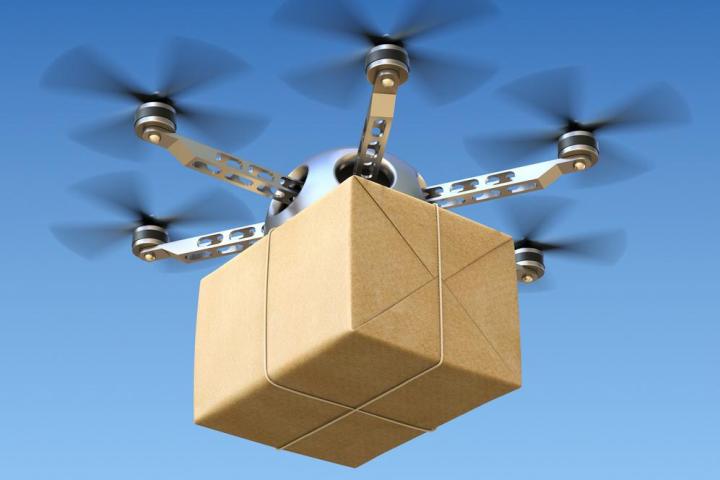
In a new study carried out by transportation engineers at the University of Washington, researchers compared the carbon dioxide emissions of delivery drones against trucks when both were being used to deliver packages. Which is better for the environment? The answer is different than what you might expect.
“My intuition was that the drones would produce high levels of CO2 compared to trucks due to their inability to consolidate deliveries into one vehicle and the energy intensity of flying, [since] per ton-mile air has been estimated to produce almost an order of magnitude more CO2 than current trucks,” senior author Dr. Anne Goodchild, a UW associate professor of civil and environmental engineering, told Digital Trends. “We were surprised to find that for some realistic conditions, drones produced less CO2 per delivery than trucks. They perform better with smaller distances, and fewer packages in the truck. This is largely due to their incredibly energy efficient and lightweight design.”
For their study, the researchers assumed that drones can only carry one package at a time, meaning a lot more back-and-forth has to take place as the drone returns to the delivery depot after each delivery. Even with this disadvantage, however, they were impressed by how energy-efficient drones are. They concluded that delivering items with drones rather than trucks is likely to reduce CO2 emissions on short-range trips and on routes with few customers.
Ultimately, the best overall solution may turn out to be one that uses both trucks and drones to the best of their abilities: something that UPS recently demonstrated.
“Having conducted the research, I’d suggest a hybrid approach where a truck can deliver a large number of goods to the center of a delivery area, and then drones can be used to conduct short, last-mile trips,” Goodchild said. “However, this requires we address air space safety, and the potential of drones to be a nuisance to the population.”
You can read the work of the researchers in full in a paper, due to be published in a forthcoming issue of the journal Transportation Research Part D.


